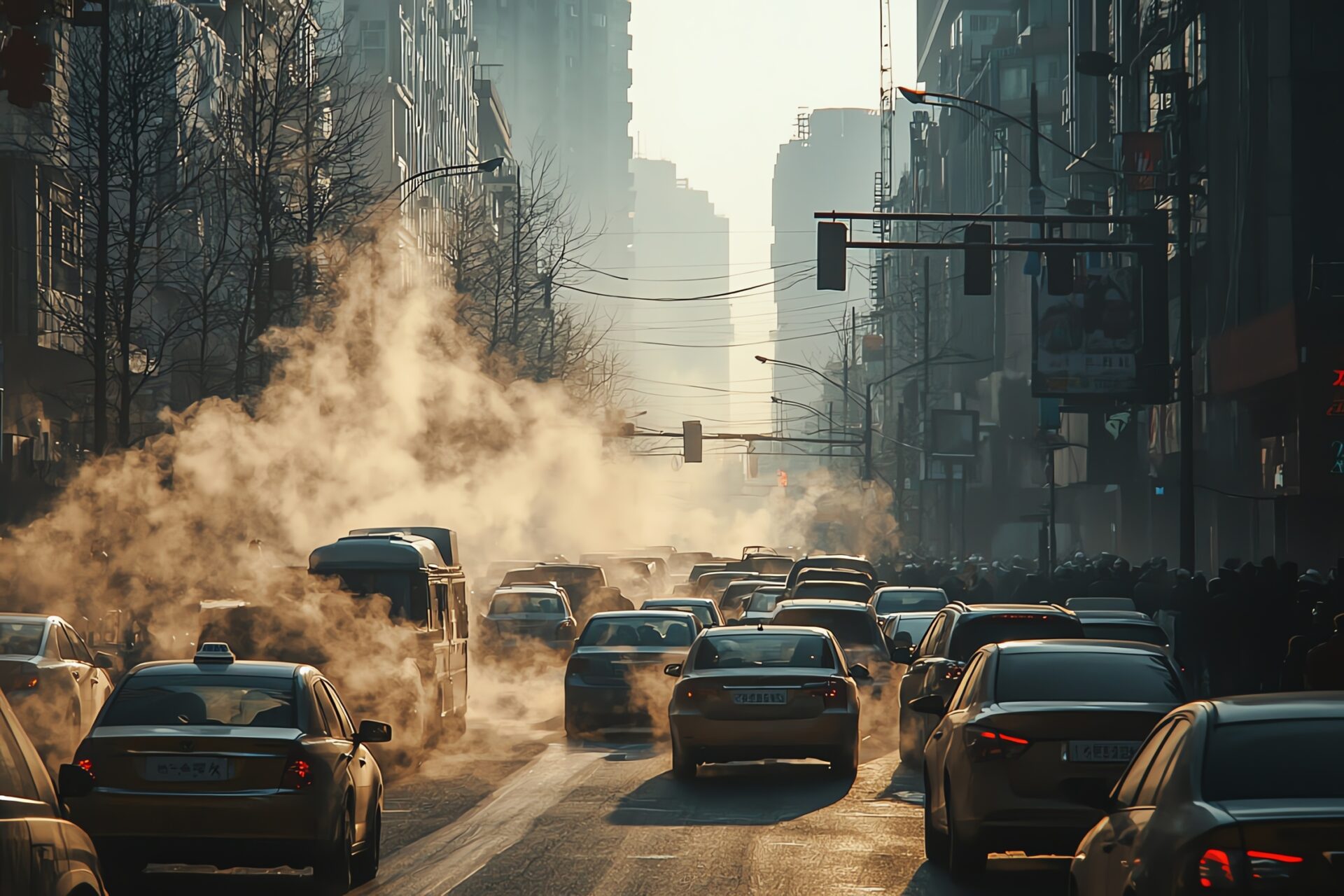
Hudson Bay Polar Bear Population Declining Due to Climate Change-Induced Warming in the Arctic
The Western Hudson Bay polar bear population in Canada has seen a significant decline in recent years, according to a government report released this week. This population of polar bears, which is known for passing through the sub-Arctic town of Churchill, Manitoba every autumn as they migrate to the sea ice, is the best-studied and most famous in the world, with the local bear-viewing economy valued at approximately $5.3 million annually. However, the report from the Government of Nunavut found that only 618 bears remained in 2021, a 50% drop from the 1980s.
Polar bears depend on the sea ice to hunt, staking out over seal breathing holes. But the Arctic is now warming about four times faster than the rest of the world, and around Hudson Bay, seasonal sea ice is melting out earlier in the spring and forming later in the fall. This forces the bears to go for longer periods without food, and scientists believe that this is likely contributing to the population decline.
However, a direct link between the population decline and sea ice loss in Hudson Bay has not yet been established, as four of the past five years have seen moderately good ice conditions. Scientists have suggested that changes in the local seal population, which are caused by climate change, maybe driving bear numbers down.
There has also been a change in the demographics of the Western Hudson Bay polar bear population. “The number of adult male bears has remained more or less the same. What’s driven the decline is a reduced number of juvenile bears and adult females,” said Stephen Atkinson, an independent wildlife biologist who led the research on behalf of the government. This change in demographics does not fit with the idea that bears are moving out of western Hudson Bay, he added.
“We’re looking at a slowly ageing population and when you do get bad (ice) years, older bears are much more vulnerable to increased mortality,” said Andrew Derocher, who leads the Polar Bear Science Lab at the University of Alberta. “There was a very low number of cubs being produced in 2021.”
The decline in the Western Hudson Bay polar bear population is of concern to scientists, as it suggests that the population is not only declining but that the decline is speeding up. Between 2011 and 2016, the population only dropped 11%, but in the past five years, it has declined by 27%. This is particularly concerning as Western Hudson Bay is one of the southernmost locations where polar bears are found, and scientists believe that these bears are likely to be among the first to disappear if the decline continues.
A study published in the journal Nature Climate Change in 2021 found that most of the world’s polar bear populations are on track to collapse by 2100 if greenhouse gas emissions are not significantly reduced. This highlights the urgent need for action to address climate change and reduce our carbon emissions in order to protect these iconic animals and the ecosystems in which they live.
The decline of the Western Hudson Bay polar bear population is a stark reminder of the impact that climate change is having on the natural world. It is vital that we take action now to reduce our carbon emissions and protect the planet for future generations. This means transitioning to renewable energy sources, protecting and preserving natural habitats, and working to reduce our impact on the environment. Only through collective action and a commitment to sustainability can we hope to preserve the Earth’s biodiversity and ensure a healthy and thriving planet for all.
Resources-
- The Government of Nunavut’s assessment of the Western Hudson Bay polar bear population, which found that there were only 618 bears remaining in 2021, can be found here: https://www.gov.nu.ca/environment/information/polar-bear-population-status-western-hudson-bay
- A study published in the journal Nature Climate Change in 2021 found that most of the world’s polar bear populations are on track to collapse by 2100 if greenhouse gas emissions are not significantly reduced. The study can be found here: https://www.nature.com/articles/s41558-020-01097-6

Prachi, an accomplished Chief-Editor at The Sustainable Brands Journal, has 15+ years of experience in Europe, the Middle East, and India, managing 90+ global sustainable brands. She’s a prolific writer in sustainability, contributing to various publications. Prachi’s unwavering passion and expertise make her a recognized authority, driving positive change and inspiring a sustainable future.





